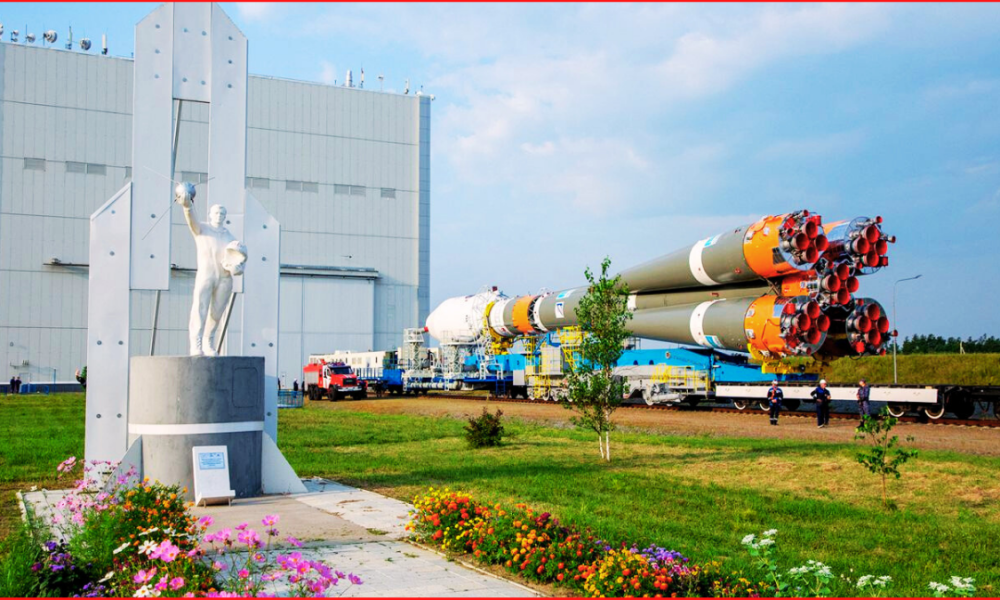
New Delhi: In a landmark achievement, a rocket carrying the Luna-25 lunar landing craft soared into the sky from Russia’s Vostochny spaceport in the Far East, heralding Russia’s first lunar endeavor in nearly half a century.
The mission aims to land on the moon ahead of an Indian spacecraft, escalating a race to explore the Earth’s celestial neighbor.
The Luna-25 craft’s launch marks a significant milestone for Russia, representing its first lunar mission since 1976, during the era of the Soviet Union. The craft, guided by Russia’s space agency Roscosmos, is projected to reach the moon on August 23, coinciding with the timeline of an Indian spacecraft launched on July 14.
The Luna-25 is expected to traverse the lunar vicinity in around 5.5 days before spending three to seven days orbiting about 100 kilometers (62 miles) above the moon’s surface, finally descending to land.
The race to conquer the moon’s south pole has intensified, with India and Russia vying to join the elite list of nations—comprising the Soviet Union, the United States, and China—that have accomplished successful moon landings.
Vitaly Egorov, a prominent Russian space analyst, highlighted the underlying power struggle between global contenders, emphasizing that the quest for lunar exploration symbolizes political competition and the assertion of space supremacy.
For Russia, this mission not only showcases its technical prowess but also aims to guarantee reliable access to the moon’s surface, a statement from Roscosmos explained. Sanctions stemming from Russia’s involvement in the Ukraine conflict have posed challenges to the country’s access to Western technology, thereby affecting its space program. Analysts revealed that the Luna-25 underwent modifications, including the abandonment of a moon rover to enhance craft reliability due to weight constraints.
While scientific pursuits, like the study of lunar water, play a role, the broader objective remains geopolitical, focusing on Russia’s assertive return to lunar exploration. The launch from Vostochny Cosmodrome, a pet project of President Vladimir Putin, underscores the nation’s aspiration to cement its position as a space superpower and shift launches from the Baikonur Cosmodrome in Kazakhstan.
Previously, an Indian moon landing attempt in 2019 ended in disappointment when the lander crashed. The moon’s south pole is of paramount interest due to the belief that its shadowed craters might hold valuable water resources. These frozen deposits could revolutionize space exploration by being converted into air and rocket fuel, thereby supporting future lunar missions.
The Luna-25 mission is set to collect crucial samples of moon rock and dust. These samples are instrumental in comprehending the moon’s environment, a prerequisite for the establishment of any lunar base.
Ed Bloomer, an astronomer at Britain’s Royal Observatory, Greenwich, emphasized the moon’s pristine nature and its potential as an unblemished laboratory for scientific exploration.
As Luna-25 embarks on its journey, Russia aims to reclaim its legacy in lunar exploration and join the forefront of space superpowers. The moon, a celestial canvas untouched by human intervention, promises to reveal its secrets and offer a springboard for humanity’s future forays into the cosmos.




